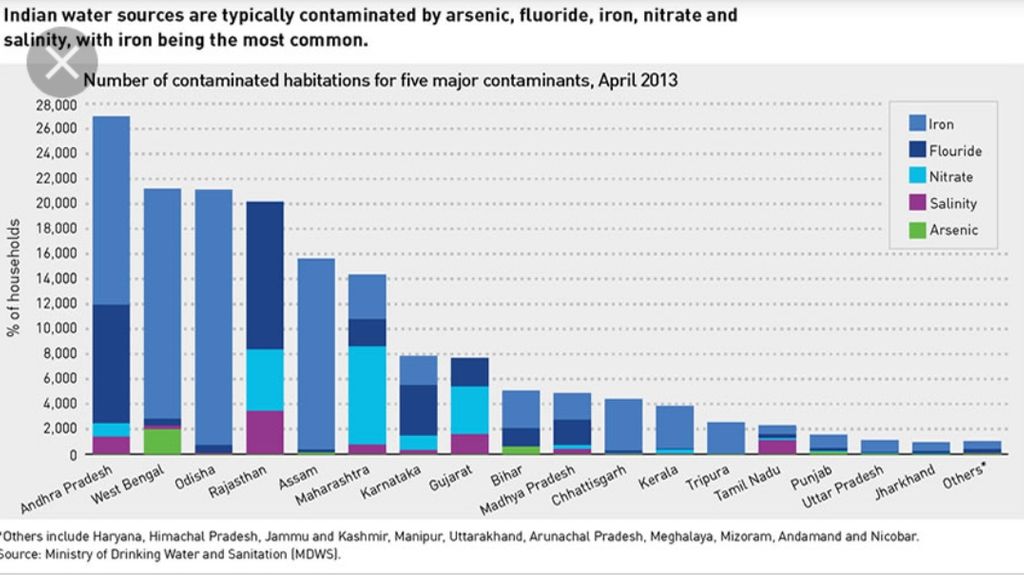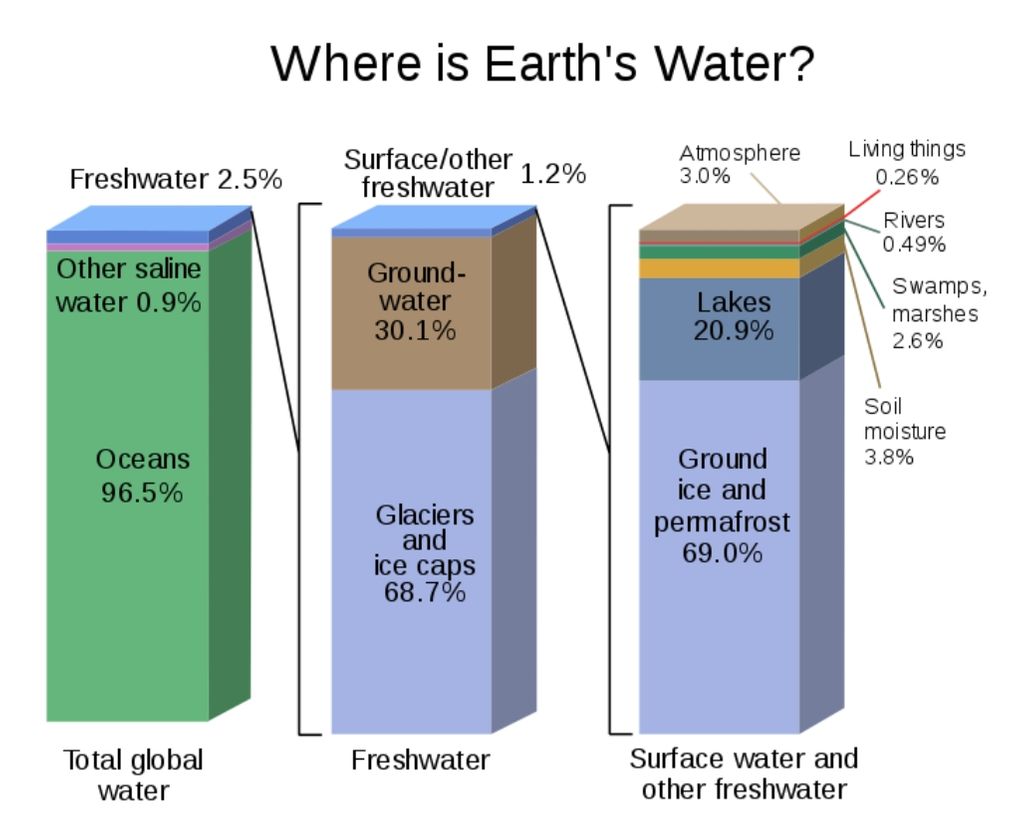Water Scarcity In India
Jun 28, 2019 • 659 views
In India, we can’t simply say that there is water scarcity. There are some states in India having plenty of water resources and thus no water shortage is there. These states mostly lie in the north-east part, north, east, and some southern states of the country. The parts of India facing water scarcity are generally the western or central part of the country. These are the areas which have desert in their territory. Rajasthan, Gujarat, some parts of Maharashtra face water shortage problem. Especially, people living in Rajasthan suffers the most.

So, the problem here is that there are some states where water got wasted and people don’t understand the real value of water. While in some states people feel lucky if they get only 2 bottles of fresh water to drink on a daily basis. So, if the government make some arrangements so that water could be transported from the areas having a surplus of water to those areas having water scarcity then there would be an equal balance.
The main reason behind water scarcity in India is both due to man-made and natural causes. Poor management of resources, lack of government attention and man-made waste are the main reasons behind water scarcity in our country. One can estimate the water crisis in our country by the fact that the population of India is 18% of the total world's population while access to free water resources in our country is only 4%. 21% of the country’s disease is water related.
The NITI Ayog of India has released a report on ‘ Composite Water Management Index' in June 2018. It has listed 22 cities(including Delhi) which would run out of groundwater by 2020.The water crisis in most of the metro cities like Delhi, Bangalore, and Hyderabad is due to a number of factors. The main among them are:
• Lack of stable water policies.
• Wastage of water through leakages.
• Rapid development and industrial boom.
• Increase in the population living in these cities.
• Depletion of groundwater level.

Water scarcity has many negative impacts on the environment, including lakes, rivers, wetlands and other freshwater resources. The resulting water overuse that is related to water scarcity, often located in areas of irrigation agriculture harms the environment in several ways including increased salinity, and the loss of floodplains and wetlands. Furthermore, water scarcity makes flow management in the rehabilitation of urban streams problematic.
It’s not that people have not noticed about the problems or are not concerned about saving water for future. Some measures have been taken by both the government and a group of people(organizations) to save water and to make the available water fit for drinking and cooking.

The government issued the Ganga Action Plan issued in 1984 to clean up the Ganges River. However, much of the river remains polluted with a high coliform count SIS Seoul International School is fundraising to bring water to India. They have also started building a strong community for the water crisis in India.
These are some of the measures taken by the Government and other organizations. But we should also take some measures on the ground level. Some small measures that we can take to save our essential resource water are Rainwater harvesting, Farm pond, smart use of available water, etc.

This is the time when we have to start thinking about our water usage seriously. Try to save water as much as you can, don’t waste it, try to reuse it as possible.
